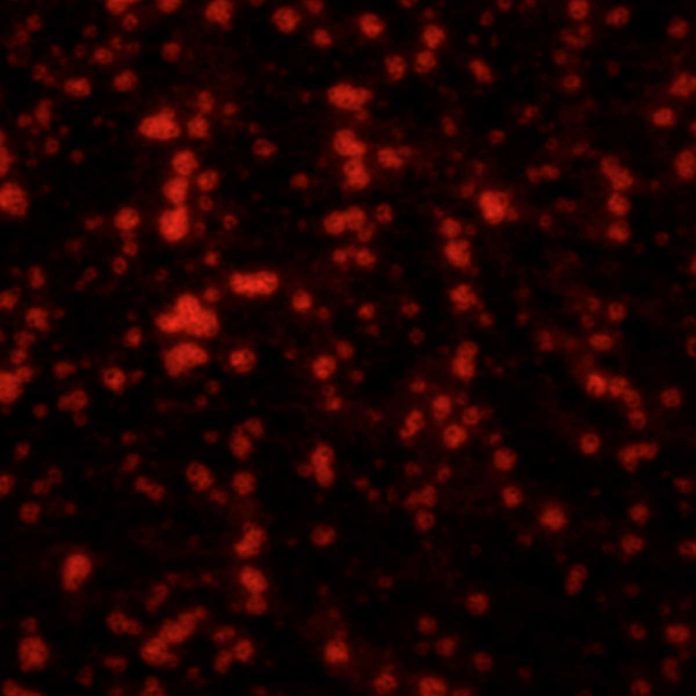
Researchers from the University of Michigan have developed a new type of polymer that imitates a natural cell membrane in order for scientists to study the functioning and folding of proteins. The new polymer is used to create nanodiscs up 60 nanometers wide, a larger size than previous materials were able to obtain, allowing scientists to study proteins in cancer cells, Alzheimer’s affected cells, and more.
Additionally, researchers have struggled with the ability to mimic the bilayer lipids in the cell membrane necessary to studying proteins. However, the new polymer can break down the multiple lipid layers in which cell proteins naturally exist until they are small pieces wrapped in lipids and suspended in the nanodisc. These lipids, in addition to the large nanodisc size, allows the proteins to fold and structure themselves the same way they would in a natural cell membrane.
Once the proteins are in the polymer nanodiscs, scientists can examine them with nuclear magnetic resonance imaging to see down to the atomic level. Ayyalusamy Ramamoorthy, the lead author of the paper and the Robert W. Parry Collegiate Professor of Chemistry and Biophysics, has used this imaging technique and polymer to observe the behaviors of proteins associated with Alzheimer’s and diabetes as well as those responsible for metabolizing drugs.
Further, the polymer nanodiscs have the potential to act as a medication delivery system because it is safe for the human body and large enough to hold effective treatment doses.
More News to Read
- Most Accurate Measurements of Dark Matter and Dark Energy Revealed by Dark Energy Survey
- Scientists Suppress Instabilities That Can Damage Fusion Reactors
- Can Twitter Step it Up and Provide Real Time Monitoring During Disaster Situations?
- How to Make a Supercomputer?
- Scientists Use New Model to Better Predict Brown Dwarf Weather Forecasts
